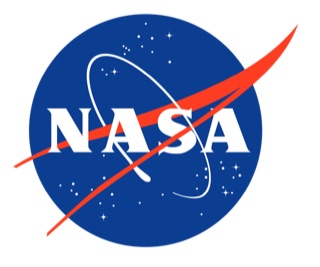
Mother Nature is bringing some festive sparkle to the night skies this month, just in time for this 2023 holiday season.
Since an overwhelming majority of respondents across all cities involved say they are interested in the environment and climate news,
According to published reports, star gazing highlights this month include the year’s strongest meteor shower, a big, bright moon on Christmas, and even a visible asteroid.
NASA’s monthly “What’s Up” stargazing guide, here are a few of the December night-sky events worth noting on your calendar:
An ancient asteroid is visible all month. Throughout December, the giant asteroid Vesta — the brightest asteroid visible from Earth — will be at its most brilliant for the year. You can use a stargazing app and binoculars or a small telescope to look for it starting around 10 p.m., though it will reach its highest point in the sky between 1 and 2 a.m.
New moon on December 12: A new moon happens about every 29 days when the moon’s shadow side faces Earth, causing it to become invisible to us. New moons create great conditions for stargazing because they allow the darkest skies possible for viewing fainter stars, planets, meteors, and even the Northern Lights. If the skies are clear, tonight would be a great night to bundle up and take in the celestial scenery at one of Michigan’s dark sky parks.
Chasing Northern Lights? 5 tips for seeing the aurora borealis
Geminid meteor shower peaks on December 13: The Geminid meteor shower is known for being the most dependable and plentiful meteor shower each year, with up to 120 bright, brilliantly colored “shooting stars” per hour under ideal stargazing conditions. Meteors may be seen as early as 9 or 10 p.m., with the hourly number increasing after midnight. Be sure to dress warmly and pick a viewing location away from urban lights.
Planets Saturn and Jupiter get cozy with the moon: Shortly after sunset on Dec. 17, a beautiful crescent moon can be seen very close to the massive planet Saturn in our southwest skies. As an extra treat, you can use binoculars to look for a faint dot next to Saturn: That would be Saturn’s enormous moon, Titan. A few days later on the nights of Dec. 21 and 22, bright Jupiter can be seen in lockstep with the nearly full moon all night long.
The full moon on Dec. 26: December’s full moon will rise the day after Christmas, meaning this full moon will appear very big and bright on Christmas day — a holiday gift from the heavens. The December moon cycle has many historic names across various cultures, including Moon Before Yule for ancient European pagans, and Minado Giisoonhs, or Little Spirit Moon, for some Anishinaabeg people in the Great Lakes region.
For more on what’s happening in our skies this month, visit science.nasa.gov/skywatching/whats-up.